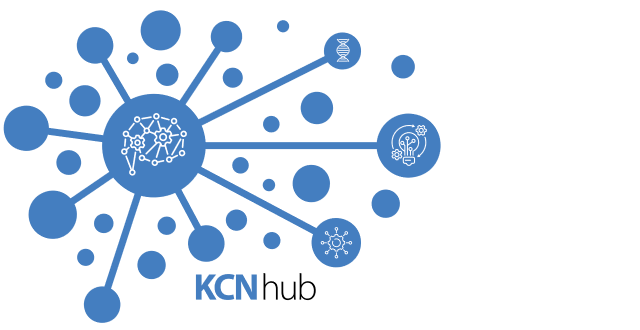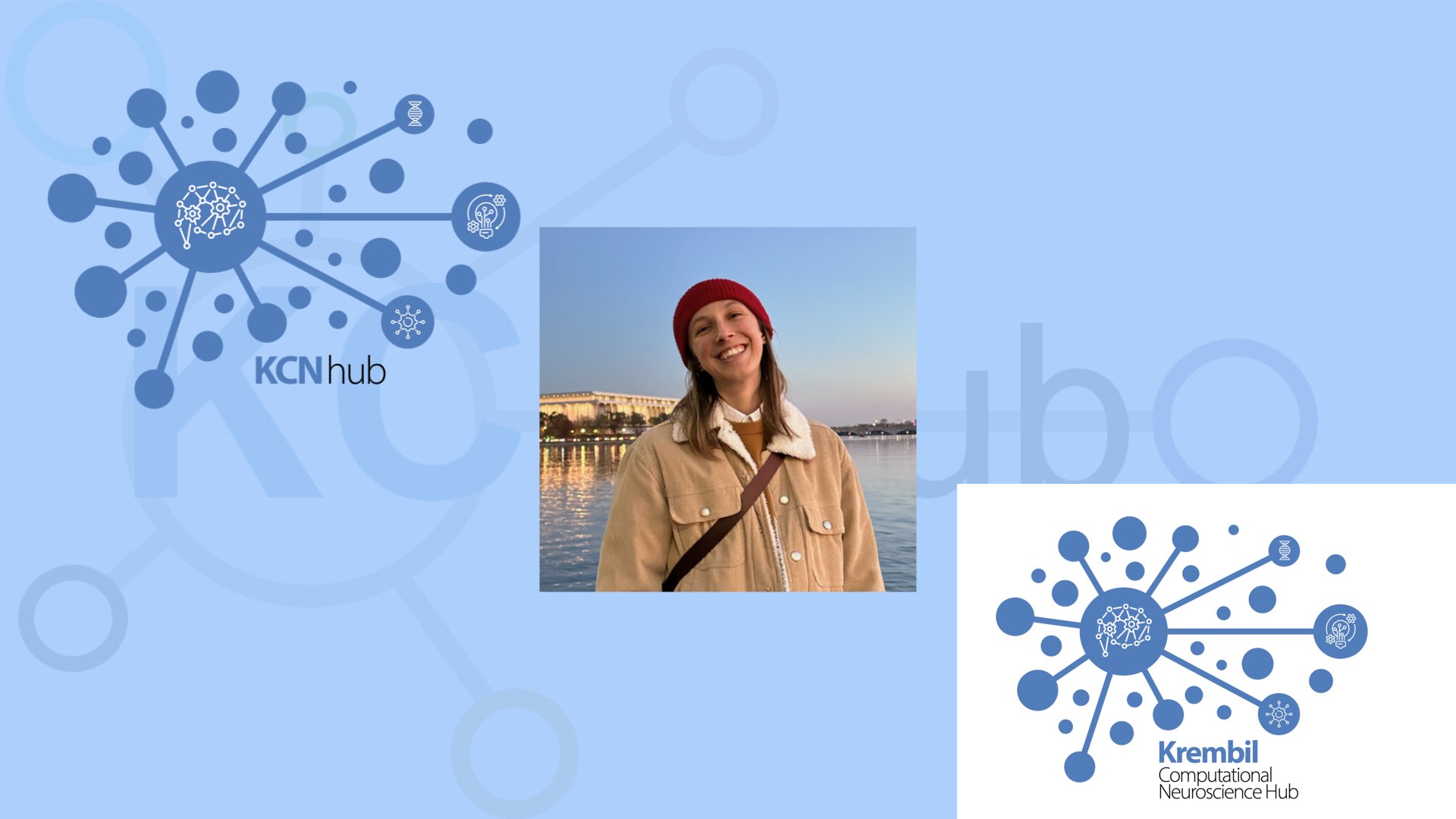Spinal processing of spatiotemporally diverse touch: Computational insights into pain and spinal cord stimulation
Abstract:
Weakening of synaptic inhibition in the spinal dorsal horn (SDH) contributes to mechanical allodynia after nerve injury. To explore why certain tactile stimuli evoke stronger pain, we incorporated receptive fields into a computational model of the SDH. The model shows that broad stimuli normally suppress spiking via inhibitory surrounds, but loss of inhibition unmasks excitation, altering spinal excitatory–inhibitory balance. Our results explain why broad, dynamic touch evokes more allodynia than static touch, and how spatiotemporally disordered input (e.g., evoked by spinal cord stimulation) preferentially activates inhibition to combat allodynia. Overall, our model reveals how stimulus features shape sensory flow through disinhibited spinal circuits and provides new insight into allodynia and its treatment by spinal cord stimulation.
Brief Bio:
Dr. Laura Medlock earned their PhD in Biomedical Engineering in 2025 from the University of Toronto, under the supervision of Dr. Steve Prescott at The Hospital for Sick Children. Their research focused on using computational modeling and machine learning to understand how touch processing is disrupted under pathological conditions. Laura recently joined Dr. Jaideep Bain’s lab as a postdoctoral fellow at the Krembil Brain Institute (University Health Network). Here, they plan to combine computational tools with behavioural experiments to investigate the role of touch processing in stress. To learn more their research please visit: lauramedlock.com or follow them on BlueSky (@lauramedlock.bsky.social).

